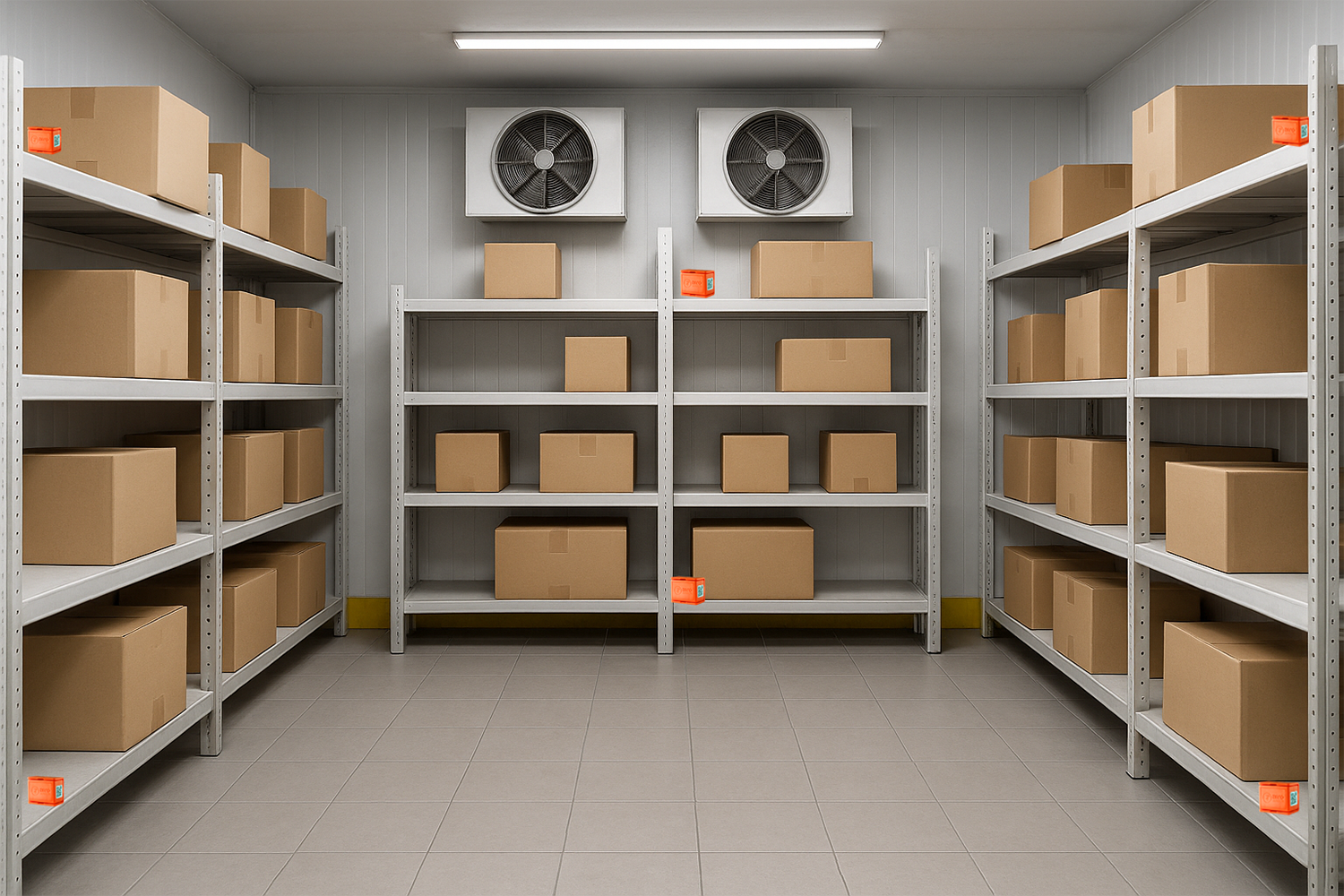What is temperature mapping and why is it so important?

In industries where product quality, safety and compliancematter, controlling the environment isn’t optional, it’s essential. This isespecially true in sectors like pharmaceuticals, healthcare, food storage,biotechnology and logistics. One practice that ensures these environmentsremain stable and safe is temperature mapping.
But what exactly is temperature mapping? And why is it socrucial for modern businesses?
What Is Temperature Mapping?
Temperature mapping is the process of measuring andanalyzing temperature variations within a controlled space over a set period.This can include:
- Warehouses
- Refrigerators or freezers
- Cold rooms
- Vehicles used for transport
- Incubators
- Clean rooms
- Manufacturing spaces
Using sensors placed at strategic points, temperaturemapping collects continuous data to show how temperature fluctuates across theenvironment. These fluctuations might be caused by:
- Door openings
- HVAC performance
- Sunlight exposure
- Product load
- Poor airflow
- Equipment malfunction
The goal is to identify hot spots, cold spots andareas prone to instability that could jeopardize product integrity.
Why is temperature mapping important?
1. Ensures compliance with regulations
Industries like pharmaceuticals and food storage arerequired by regulatory bodies (such as the FDA, WHO or EU GDP) to prove thattheir storage environments meet strict temperature guidelines. Mapping providesthe documented evidence needed for audits and certifications.
2. Protects product quality and safety
Even small temperature deviations can ruin sensitivematerials such as vaccines, medicines or perishable food items. Mapping helpsprevent:
- Spoilage
- Reduced potency
- Chemical degradation
- Safety hazards
By knowing exactly where temperature risks occur,organizations can make necessary adjustments before problems arise.
3. Validates equipment performance
Temperature-controlled equipment (cold rooms, freezers, HVACsystems) is only as good as its consistency. Mapping verifies that:
- The system works as designed
- Airflow is adequate
- Temperature uniformity is maintained
This ensures confidence in critical equipment and identifiesthe need for repairs or upgrades.
4. Improves Operational Efficiency
With accurate mapping data, businesses can:
- Optimize storage layouts
- Avoid over-cooling or over-heating
- Reduce energy waste
- Enhance workflow around temperature-sensitive processes
This leads to cost savings and smoother operations.
5. Supports Risk Management
Temperature mapping helps organizations anticipate andmitigate risks before they escalate. By understanding environmental behavior,companies can establish stronger contingency plans and maintain uninterruptedquality.
When Should Mapping Be Done?
Mapping is typically performed:
- Before using a new temperature-controlled space
- After major modifications, such as equipment upgrades or layout changes
- Seasonally, to account for climate differences
- Periodically, to maintain compliance and ensure continued reliability
Temperature mapping is more than just a technical procedure,it’s a powerful tool for protecting your products, your customers and yourbusiness. By revealing how temperature behaves in a controlled environment,mapping enables better decision-making, improved compliance and enhancedoperational stability.
For any organization that handles temperature-sensitivegoods, regular temperature mapping isn’t just important, it’s essential.


.png)
.svg)

.png)
.png)

